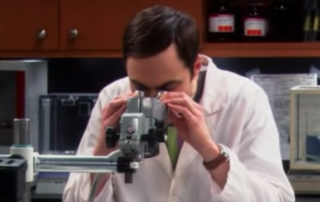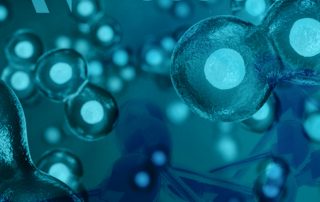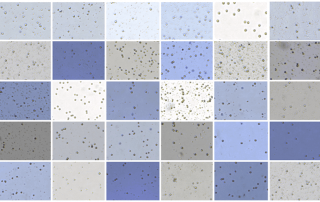It's White Paper Wednesday! Read our featured white paper: Measuring Physiological and Metabolic Characteristics of Yeast Health for Beer Fermentation Samples using the Cellometer Vision Characteristics such as the viability, vitality, glycogen, neutral lipid, and trehalose content of yeast samples must be measured to better understand changes in physiological and metabolic status during fermentation [4-9]. Monitoring changes of these parameters during fermentation can improve current production processes, and a subset of these parameters (glycogen, neutral lipid, and trehalose content) has been shown to play an important role in predicting yeast viability both during and after fermentation [10, 11]. Download our [...]




